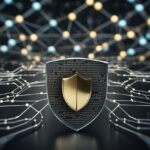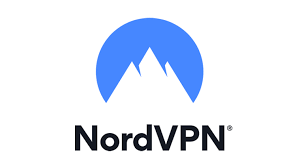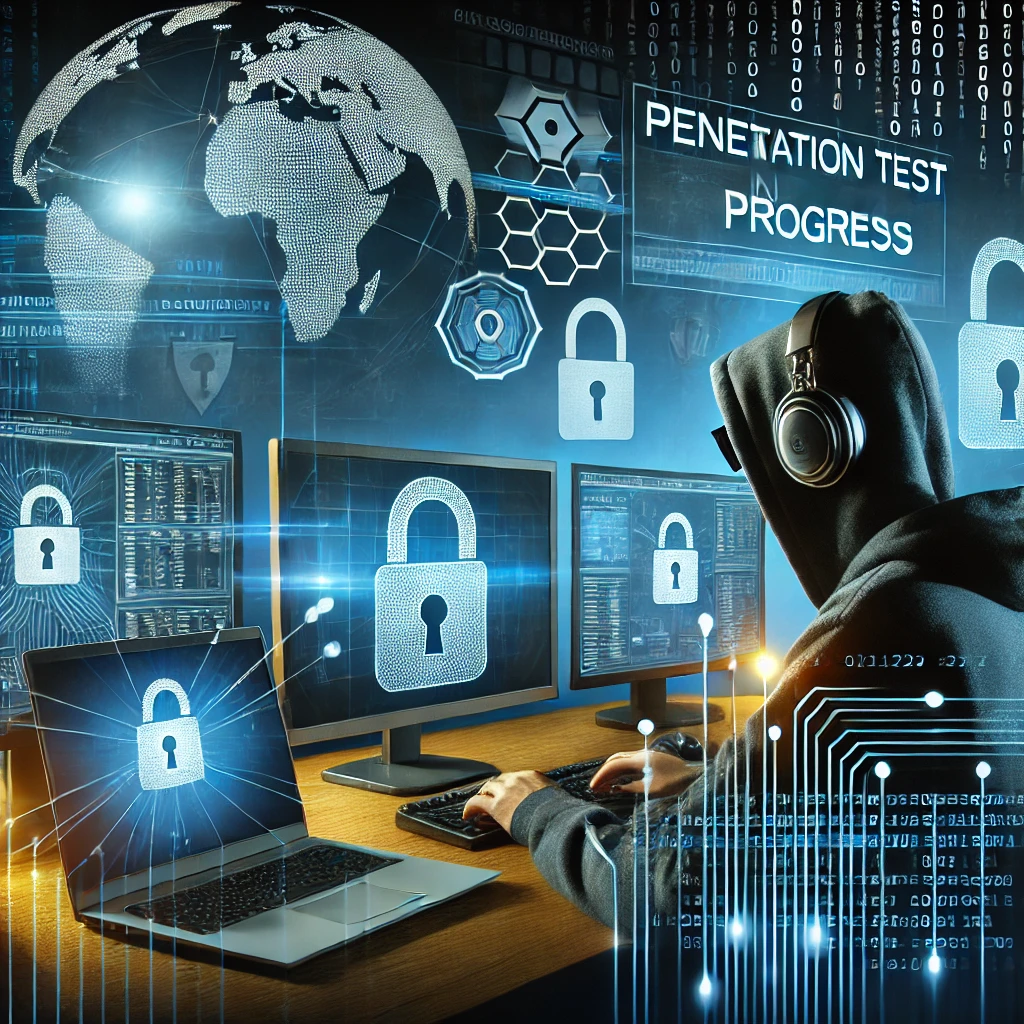- Strategies to Safeguard Company Data While Working from Home
- Understanding Remote Work and Its Security Challenges
- Establishing a Secure Connection
- Authentication and Access Management
- Protecting Against Social Engineering and Phishing
- Device and Endpoint Security
- Monitoring and Incident Response Planning
- Best Practices for Data Management
- Building a Culture of Cybersecurity Awareness
Strategies to Safeguard Company Data While Working from Home
Best Practices for Secure Remote Work, Remote work offers flexibility and convenience, but it also brings challenges in protecting company data. To keep company data safe while working from home, implementing strong cybersecurity measures is essential. Employees must be aware of potential threats and learn how to minimise risks.

Many workers may unknowingly put sensitive information at risk by using unsecured networks or devices. This makes it crucial for companies to provide proper training and resources to their teams. By fostering a culture of cybersecurity awareness, organisations can empower their employees to safeguard their data effectively.
In this blog post, important best practices for secure remote work will be explored. Readers will discover simple yet effective strategies to enhance their cybersecurity while enjoying the benefits of working from home. Engaging with these practices can help protect both personal and company data, leading to a safer remote working experience.
Understanding Remote Work and Its Security Challenges

Remote work has become increasingly popular. As more employees work from home, companies face unique security challenges. It is essential to recognise these challenges to protect sensitive data effectively.
The Rise of Remote Work
The shift to remote work accelerated due to advancements in technology and recent global events. Many organisations have adopted flexible work arrangements. Employees enjoy benefits like reduced commuting time and increased work-life balance.
Despite these advantages, transitioning to remote work also brings significant risks. Companies must adjust their security measures to secure data outside traditional office environments. This includes implementing VPNs and using secure collaboration tools to protect communication.
Identifying Common Security Threats
Remote work opens up avenues for various security threats. Phishing scams are one of the most common. Cybercriminals may impersonate trusted sources to steal personal information or access company data.
Other threats include unsecured Wi-Fi networks. Employees working from home may connect to public networks that are easy targets for hackers. Additionally, inadequate device security can lead to data breaches if personal devices are not properly protected.
To mitigate these risks, companies need to invest in proper training. Educating employees on recognising threats is crucial for maintaining data security.
Legislation and Data Protection Law
Data protection laws play a vital role in shaping how companies handle remote work. Various regulations, such as the General Data Protection Regulation (GDPR), set strict guidelines for data handling. These laws require companies to safeguard personal information and report any breaches promptly.
Remote work complicates compliance with data protection laws. Organisations must ensure that employees understand the legal implications of handling sensitive data at home. Regular audits can help assess compliance and identify areas for improvement.
By being aware of these legal requirements, companies can maintain trust with clients while securing their data effectively.
Establishing a Secure Connection

A secure connection is vital for protecting company data while working remotely. Using the right tools and practices helps maintain privacy and security. This section examines key methods to ensure a safe connection.
The Importance of VPNs in Remote Work
A virtual private network (VPN) creates a secure tunnel for data to travel between the user’s device and the internet. This tunnel encrypts the data, making it unreadable to outside parties.
Using a VPN helps to:
- Protect sensitive information: Data sent over the internet is encrypted, shielding it from hackers.
- Mask IP addresses: Users can hide their actual location by using different servers, which adds another layer of privacy.
- Access company resources: Employees can securely connect to workplace systems as if they were in the office.
Choosing a reputable VPN service is crucial. VPNs should have a no-logs policy and strong encryption standards to ensure maximum security.
Understanding WPA3 Encryption
WPA3 is the latest security protocol for wireless networks. It offers better protection compared to older standards like WPA2. This includes advanced encryption and authentication methods.
Key features of WPA3 include:
- Stronger encryption: WPA3 uses 192-bit encryption, making it much harder for hackers to crack passwords.
- Individual data encryption: Each user on the network has unique encryption, which protects their data.
- Protection against brute-force attacks: WPA3 makes it more challenging for attackers to gain access by guessing passwords.
For remote workers, using a WPA3-enabled router is essential. This ensures that all devices connected to the network benefit from enhanced security.
Mitigating Man-in-the-Middle Attacks
Man-in-the-middle (MITM) attacks happen when an outsider intercepts communication between two parties. This can be particularly dangerous in remote work scenarios.
To mitigate these attacks:
- Use HTTPS websites: Secure websites use HTTPS, which encrypts data between the user and the site.
- Avoid public Wi-Fi: Public networks are often less secure. If necessary, use a VPN to create a secure tunnel.
- Keep software up to date: Regular updates patch vulnerabilities that attackers might exploit.
Awareness of these threats and implementing protective measures is essential for safe remote work.
Authentication and Access Management

To protect company data while working remotely, strong authentication and access management practices are essential. Businesses should focus on implementing strong passwords, using multi-factor authentication (MFA), and employing password managers to safeguard sensitive information.
Strong Password Policies
Employing strong password policies helps reduce the risk of unauthorised access. Passwords should be at least 12 characters long and combine uppercase letters, lowercase letters, numbers, and special characters.
To ensure effectiveness, passwords must be changed regularly, ideally every 60 to 90 days. Using common phrases or personal information can make a password easier to guess. Training employees about the importance of password security is vital for maintaining compliance with these policies.
Implementing Multi-factor Authentication
Multi-factor authentication (MFA) adds an extra layer of security. It requires users to provide two or more verification factors to access accounts. Common forms of MFA include one-time codes sent to mobile devices or biometric scans like fingerprints.
Enabling MFA significantly reduces the chance of unauthorised access. Employees should be encouraged to adopt MFA for all work-related accounts whenever possible. This extra step helps protect sensitive data, even if a password is compromised.
Utilising Password Managers
Password managers simplify the management of complex passwords. They store all passwords securely in an encrypted format. This allows users to create unique and strong passwords without the need to remember each one.
Choosing a reputable password manager is important. It should offer features like auto-fill, password generation, and alerts for breached accounts. Educating employees on using password managers ensures they can maintain secure access to company resources effectively.
Protecting Against Social Engineering and Phishing

Social engineering and phishing are major threats to remote work. Companies need to take steps to protect sensitive data from these tactics.
Training Employees to Recognise Phishing Attacks
Training is key to stopping phishing attacks. Employees should learn how to identify suspicious emails and messages.
Some effective training methods include:
- Regular Workshops: Conduct sessions that explain different phishing tactics.
- Simulated Phishing Tests: Send fake phishing emails to see how employees react.
- Clear Reporting Channels: Employees should know how to report phishing attempts.
By staying informed, employees can better protect themselves and the company from security breaches.
Secure Communication Protocols
Secure communication is critical when working from home. Using encrypted messaging platforms can significantly reduce the risk of data interception.
Some recommended practices include:
- Use of VPNs: Virtual Private Networks encrypt internet traffic, making it harder for attackers to access sensitive information.
- End-to-End Encryption: Ensure that messaging apps provide end-to-end encryption for private conversations.
- Secure Password Policies: Encourage employees to use strong, unique passwords for all accounts.
Implementing these protocols helps safeguard communications from potential threats.
The Human Factor in Cybersecurity
People often represent the weakest link in cybersecurity. Understanding human behaviour can improve security measures.
Here are a few actions to address this issue:
- Promote Awareness: Regularly inform employees about the latest social engineering tactics.
- Encourage a Security Culture: Foster an environment where security is a priority, and employees feel comfortable discussing their concerns.
- Monitor Behaviour: Observe any unusual activity, as early intervention can prevent potential breaches.
By focusing on the human element, companies can strengthen their overall security posture.
Device and Endpoint Security

Ensuring device and endpoint security is crucial for protecting company data. Effective practices help safeguard sensitive information from unauthorised access and potential threats.
BYOD Policies and Security
Bring Your Own Device (BYOD) policies allow employees to use their personal devices for work. This can increase productivity, but it also raises security challenges.
Businesses should implement clear BYOD policies that specify acceptable devices, security requirements, and usage guidelines. Employees must be trained to secure their devices with strong passwords and multi-factor authentication. Regular assessments of these devices can help identify vulnerabilities.
A strong BYOD policy includes steps for reporting lost or stolen devices. This ensures that company data can be remotely wiped to protect sensitive information if necessary.
Regular Software Updates and Patches
Keeping software updated is vital for device security. Software developers frequently release updates and patches to fix security flaws.
Employees should be encouraged to enable automatic updates where possible. This ensures that devices are protected against known vulnerabilities.
IT departments must regularly check that all software, including operating systems and applications, is up to date. A checklist can help track updates across all devices. Regular monitoring can help address potential security risks before they escalate.
Deploying Antivirus and Encryption Software
Antivirus software is essential for detecting and removing malicious threats. It helps protect devices from malware and other cyber threats.
Companies should select reliable antivirus programs and ensure they are installed on all devices used for work. Frequent scans and real-time protection are key features to look for.
Additionally, encryption software is crucial for securing sensitive data. Encrypting files ensures that even if data is intercepted, it remains unreadable without the decryption key.
Training employees on the importance of using both antivirus and encryption software helps maintain a secure work environment.
Monitoring and Incident Response Planning

Monitoring company data and having a robust incident response plan are crucial for secure remote work. Effective strategies help to detect IT vulnerabilities and respond to potential cyberattacks, ensuring data remains safe.
Proactive Detection and Response Strategies
To prevent data breaches, organisations should implement proactive detection strategies. This includes using advanced security tools to monitor network activity.
Key strategies include:
- Setting up alerts for unusual behaviour.
- Conducting regular security audits to identify vulnerabilities.
- Training employees on recognising phishing attempts.
These measures help in identifying threats early. A quick response can mitigate potential damage and protect sensitive information.
Devising an Effective Incident Response Plan
An incident response plan outlines steps to take during a cyberattack or data breach. It should clearly define roles and responsibilities within the team.
Essentials of an effective plan include:
- Preparation: Ensure all staff know their roles during a crisis.
- Detection and Analysis: Quickly assess the nature and scope of the incident.
- Containment, Eradication, Recovery: Establish steps to limit damage and restore normal operations.
Regular drills can help maintain readiness and improve response time during an actual incident.
Continual Review and Improvement
Cyber threats constantly evolve, making it essential for companies to review their monitoring processes regularly.
Focus areas include:
- Updating security software to counter new threats.
- Reviewing incident response plans after each incident to incorporate lessons learned.
- Conducting vulnerability assessments regularly to address new risks.
These practices ensure that remote work environments remain secure while adapting to changes in the cyber landscape. Regular reviews help organisations stay ahead of potential threats.
Best Practices for Data Management

Managing company data securely is crucial for remote work. By focusing on proper storage methods, compliance with data protection laws, and implementing loss prevention techniques, organisations can maintain a secure environment.
Data Storage and Cloud Security
Data storage should prioritise security and accessibility. Using trusted cloud storage providers with strong security measures is essential. Organisations should choose services that offer encryption for data at rest and in transit.
Regularly updating security protocols is also important. This includes keeping software up to date to protect against malware and other threats. Employees should be trained to recognise suspicious behaviour, such as phishing attempts, to further safeguard data.
It’s beneficial to limit data access to only those who need it. Implementing role-based access controls can help minimise the risk of unauthorised data exposure.
GDPR Compliance and Data Breaches
Compliance with data protection laws, such as the GDPR, is necessary. This law governs how personal data is collected, managed, and shared. Organisations must ensure they have consent to process personal data and must inform individuals of their rights regarding their data.
In the event of a data breach, companies are required to report the incident within a strict timeframe. Failing to do so can result in heavy fines. Regular audits can help identify potential weaknesses in data handling and processing.
Creating a robust incident response plan is key. This plan should outline steps for managing breaches, including notification processes and measures to prevent future issues.
Data Loss Prevention Techniques
Data Loss Prevention (DLP) strategies help protect sensitive information from unauthorized access and leaks. Implementing DLP software is a good first step. This software can monitor data transfers and block suspicious activities.
Training employees about data handling and the importance of protecting sensitive information is also important. They should learn about best practices for creating strong passwords and recognising phishing emails.
Regular backups of critical data must be conducted. This ensures that, in case of data loss due to a cyberattack or hardware failure, there is a reliable recovery plan in place. Using both on-site and off-site backups can add an extra layer of security.
Building a Culture of Cybersecurity Awareness

Creating a culture of cybersecurity awareness is key for remote employees. They face unique security concerns that need to be addressed.
Training is vital. Regular sessions can help employees recognise security threats like phishing emails and malware.
- Host workshops: Interactive sessions improve understanding.
- Online resources: Use videos and articles to supplement training.
Communication is crucial. Employers should encourage an open dialogue about security issues. Employees should feel comfortable reporting any suspicious activity without fear.
Policies need to be clear. Everyone should know the rules for handling sensitive data. This includes password management and using secure connections.
Promote best practices:
- Use strong passwords: Encourage unique and complex passwords.
- Enable two-factor authentication: This adds an extra layer of security.
Cultivating awareness is ongoing. Regular updates on recent cyber attacks can keep security top-of-mind. Sharing information on new threats strengthens collective vigilance.
Finally, recognising efforts can motivate employees. Simple rewards for reporting threats can enhance engagement. A proactive approach helps the remote workforce stay secure.






